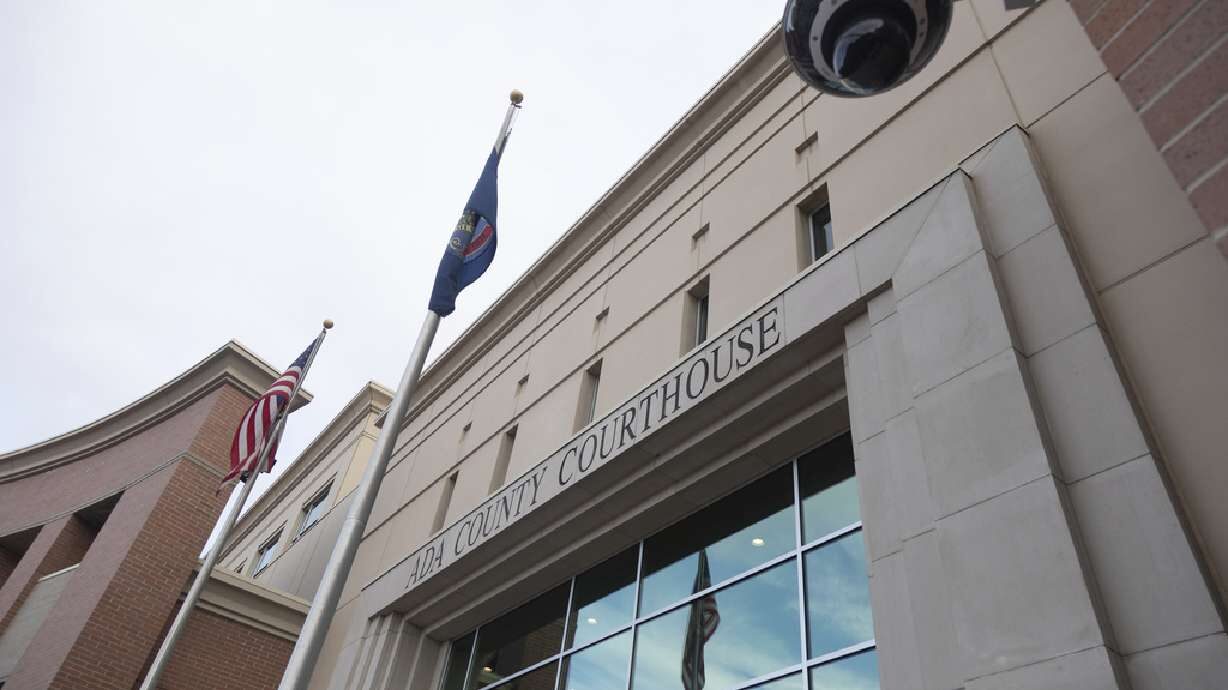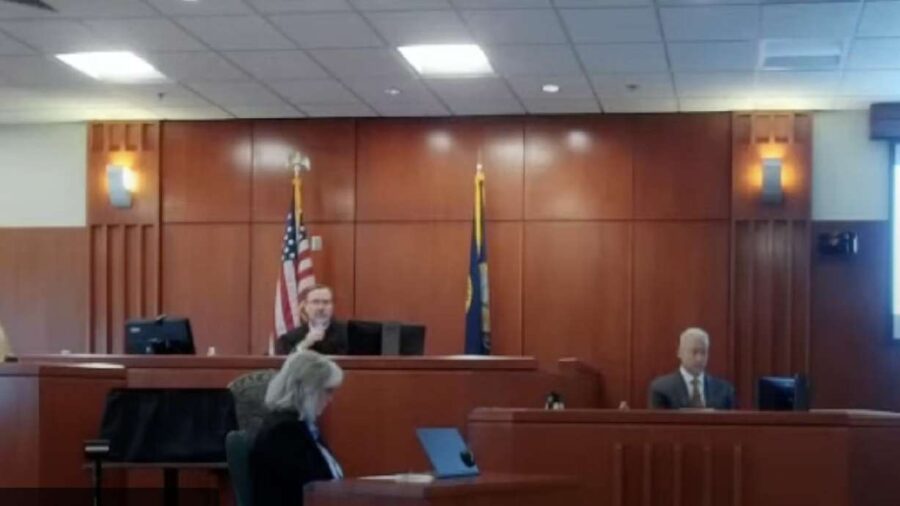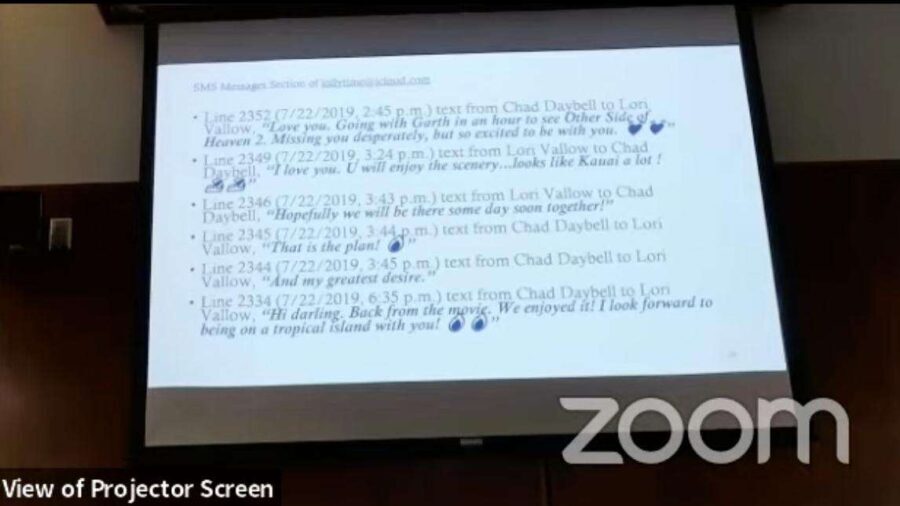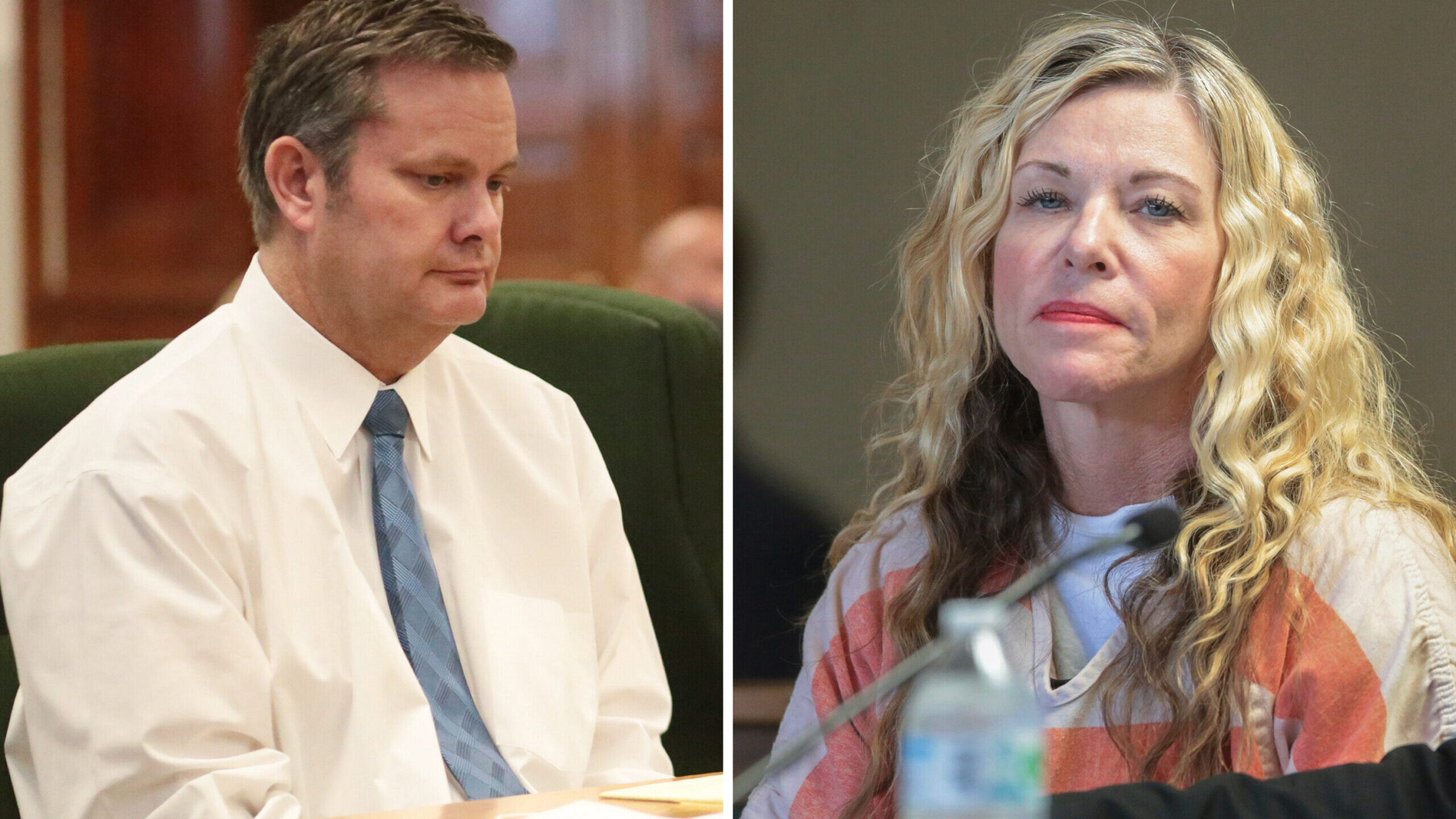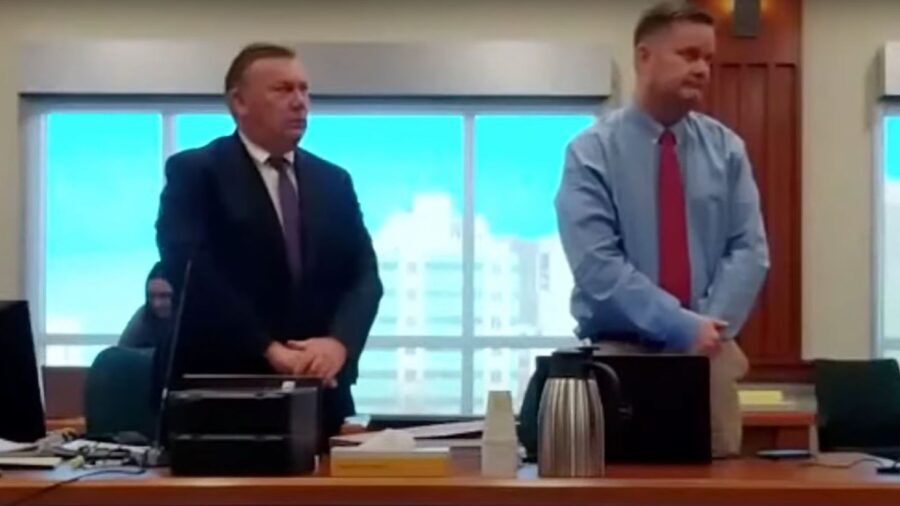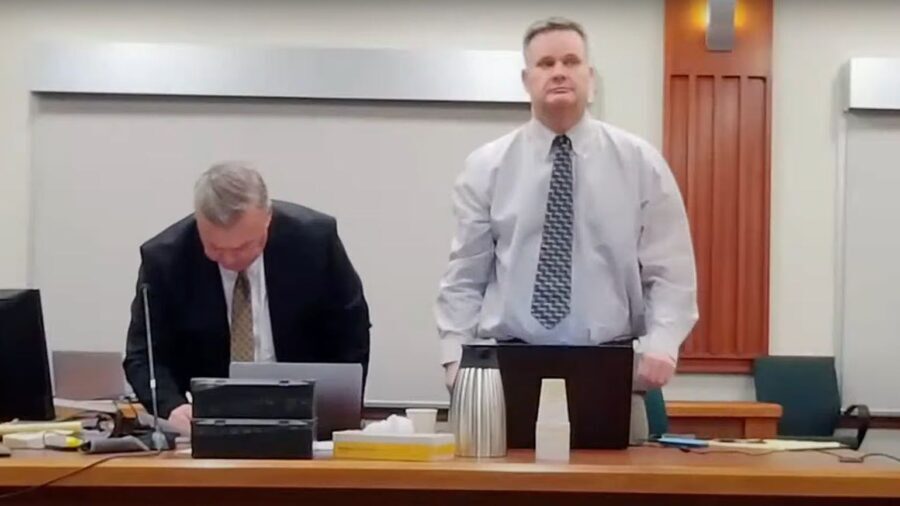Lori Vallow Daybell’s DNA used as evidence for first time in her murder trial
May 1, 2023, 11:24 AM | Updated: Oct 19, 2023, 10:46 am
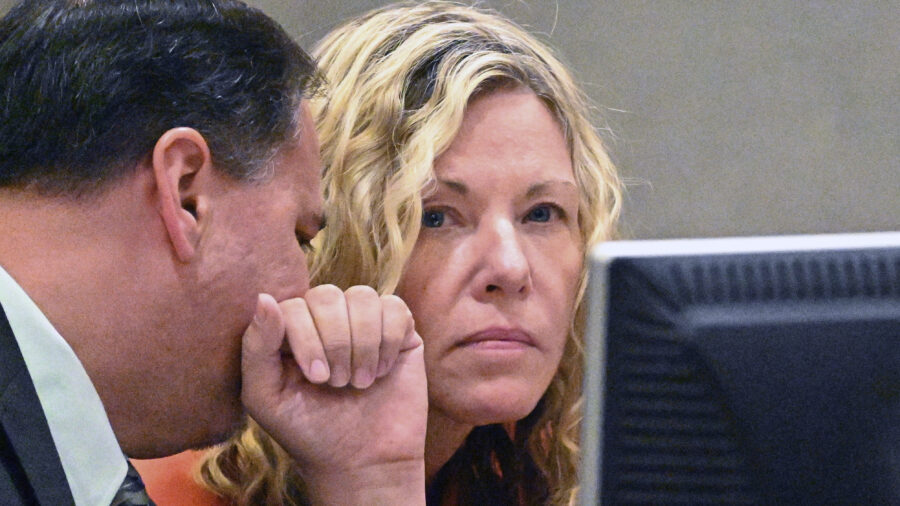
FILE - Lori Vallow Daybell, appears in court in Lihue, Hawaii, Wednesday, Feb. 26, 2020. The only surviving child of Vallow Daybell charged in the murders of her two youngest children and a romantic rival confronted his mother about his siblings' deaths in an emotional phone call played for jurors on Tuesday, April 18, 2023. Idaho prosecutors played the call during the triple murder trial of Lori Vallow Daybell after calling her son, Colby Ryan, to the stand. (Dennis Fujimoto/The Garden Island via AP, Pool, File)
(Dennis Fujimoto/The Garden Island via AP, Pool, File)
BOISE, Idaho — For the first time, Lori Vallow Daybell‘s DNA has been entered as evidence into her murder trial.
A hair found attached to adhesive that is understood — but not clearly stated in court — to be part of the layers of tape and plastic found with her son JJ Vallow‘s body was tested and found to be a match for her.
The hair — entered as evidence #11168B of the trial — was found attached to adhesive, but prosecutors did not ask witnesses to clarify where the hair and adhesive were from Monday.
JJ’s grandfather Larry Woodcock didn’t have any doubt about where that hair was found.
“Lori’s hair to me was the single biggest ‘got you’ moment of everything presented,” Woodcock said. “Me personally, that was the bow that tied it together. That was the single biggest nail that went in that coffin.”
Friday witnesses discussed a hair found with, but not in direct contact with, JJ’s body. He was found duct taped and buried in plastic bags in the backyard of Vallow Daybell’s husband Chad Daybell — and on Friday, hair not belonging to the victims was part of the testimony. Monday started with discussion of hair found with adhesive that belonged to the defendant, but left unstated that it was the same hair found with JJ.
No other hair has been discussed as DNA evidence during the trial.
In court testimony Monday, prosecutors called a senior DNA analyst, Keeley Coleman, to the stand to discuss laboratory findings from the discovered hair. She said the chances of the hair being found to be a match for Vallow Daybell’s hair is a 1 in 71 billion probability. The hair in evidence was tested and found not to be a match for DNA samples from victim Tylee Ryan and a friend of the Vallow family — Melanie Gibb — who previously testified.
“If I were to see this, I would stick my hand into a hat of DNA profiles, I would see this profile one in 71 billion times,” Coleman said.
Lawyers defending Vallow Daybell suggested the laboratory looked at only a small portion of the DNA sequence because the hair didn’t yield full results, trying to show doubt about how conclusive testing is. They also asked Coleman about her experience.


